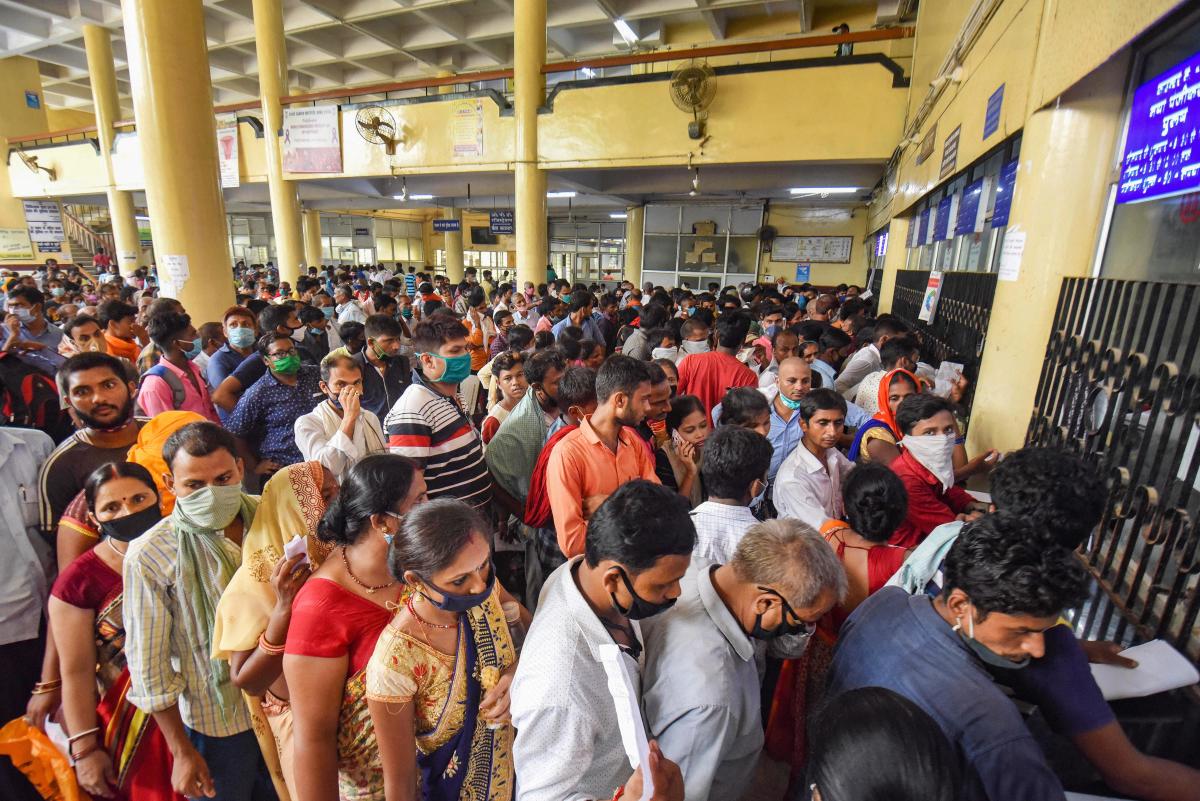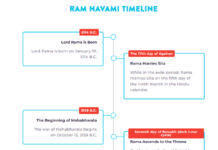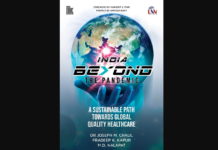Vidya Sethuraman
India Post News Service
India’s deadly COVID struggle continues unabated, with the country on Friday (May 7) reporting another record rise in coronavirus cases over the past 24 hours. To date, the country has recorded more than 21.4 million confirmed infections. Official numbers put the daily death toll at 2,000, but public health experts say that number is five times higher, with 10,000 people dying each day, and 1 million new infections. Hospitals are running out of supplies, most critically, oxygen. Speakers at the EMS briefing on May 5 discussed the crisis in India, how the U.S. is contributing to relief efforts, and long-term strategies to mitigate the catastrophe.
Dr. Jalil Parkar, Senior Pulmonary Consultant, Lilavati Hospital, Mumbai said we were unprepared for this wave. The first surge affected the elderly and their hesitant to come to hospital, non-availability of drugs led to the deaths last year. He himself spent time in the ICU last year and almost died after suffering multiple COVID-complications. As the first wave started to redress, we all let go of ourselves as the economy was also suffering due to the lockdown.
We became quite complacent and started to open up. As the country opened up, more transmissible, harder-to-beat variants took hold in India. Many of them were reluctant to take vaccines. Second wave hit us like a tsunami. “Our healthcare system has collapsed this time. We have let down our own people in the country,” he said. “What can doctors do when our infrastructure is unable to take the patients, when there are no hospital beds or oxygen cylinders?” India’s health system has cracked under the weight of Covid. We are in a national emergency. Everybody is responsible for the state we are experiencing today, said Dr.Jalil.
Senator Mark Warner, D-Virginia, co-chair of the Senate India Caucus said the US must work with the Indian government on their response, as well as continue to lead the international efforts to stop the spread of variants and to deliver the assistance needed to the Indian people.
Mark Warner said the US should also continue its robust contribution to COVAX’s plan for the global acquisition and distribution of vaccines to low and medium-income countries. Indian government is struggling with setting up field hospitals. The U.S. can provide the equipment but also the logistics of set-up, he said. The crisis is expected to last at least until the end of May. “It is really our responsibility, as the world’s largest economy to be there for India.
Dr. Rosemarie De Souza, General Physician, Intensive Care Unit at Nair Hospital in Mumbai. Both Drs. De Souza spoke on the factors that have led to this catastrophe; what they and their colleagues are witnessing in and out of hospitals; why people are testing positive and dying, despite receiving both doses of the vaccine; the lack of critical supplies; the slow vaccine rollout; and perspectives on how India can move forward. Between March and May 2020, out of 689 patients included in the study, 77.36% were discharged, 11.64% required some form of oxygen support, she added.
The presence of two or more comorbidities have resulted in death. But in the second wave, we are seeing a lot of young people with no comorbidities getting infected. We have to provide utmost ICU care and create a sensible approach in the hospitals so that wastage and misuse of O2 could be curtailed in the larger public interest, said Dr De Souza.
Getting the country vaccinated will play a big role in ultimately bringing down those numbers, said the experts. Vaccination is the only way of this crisis. Right now, India needs to treat those who are infected, cut transmission chains and scale up vaccination programs. The US is averaging 2.82 million vaccine doses per day, and a quarter of the population is fully vaccinated. India, in comparison, has fully vaccinated less than 1% of its citizens







